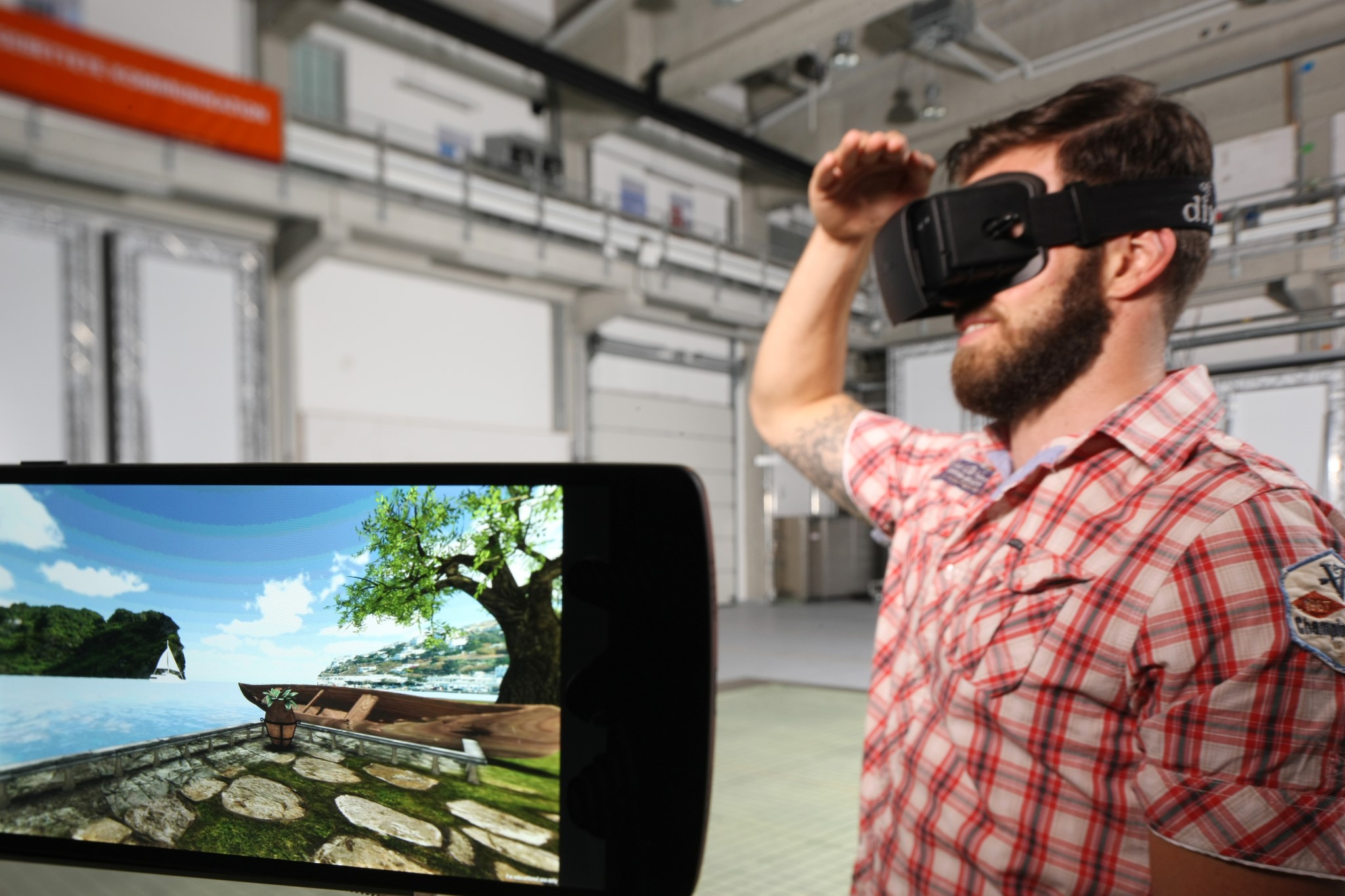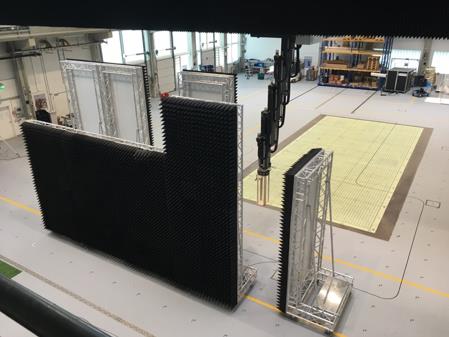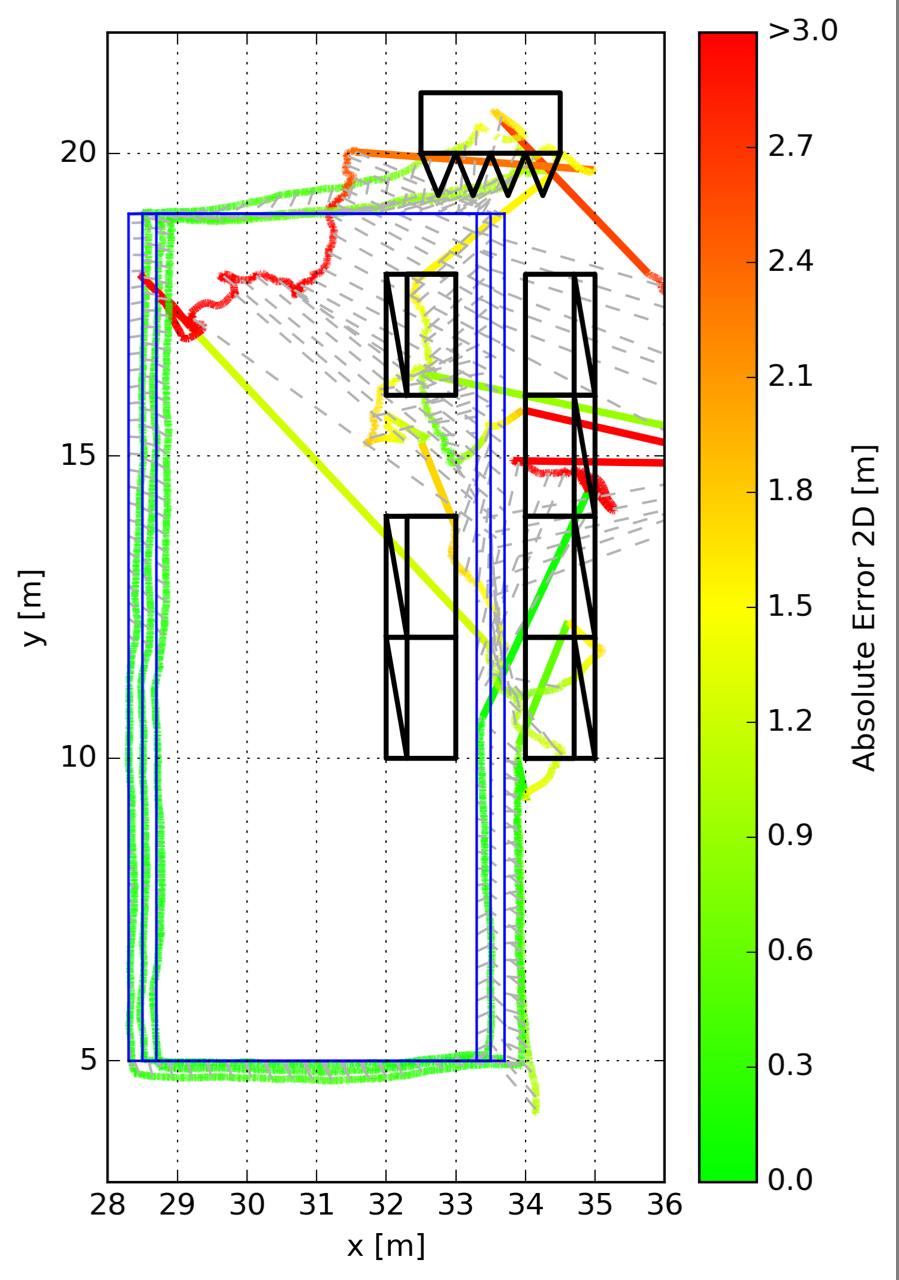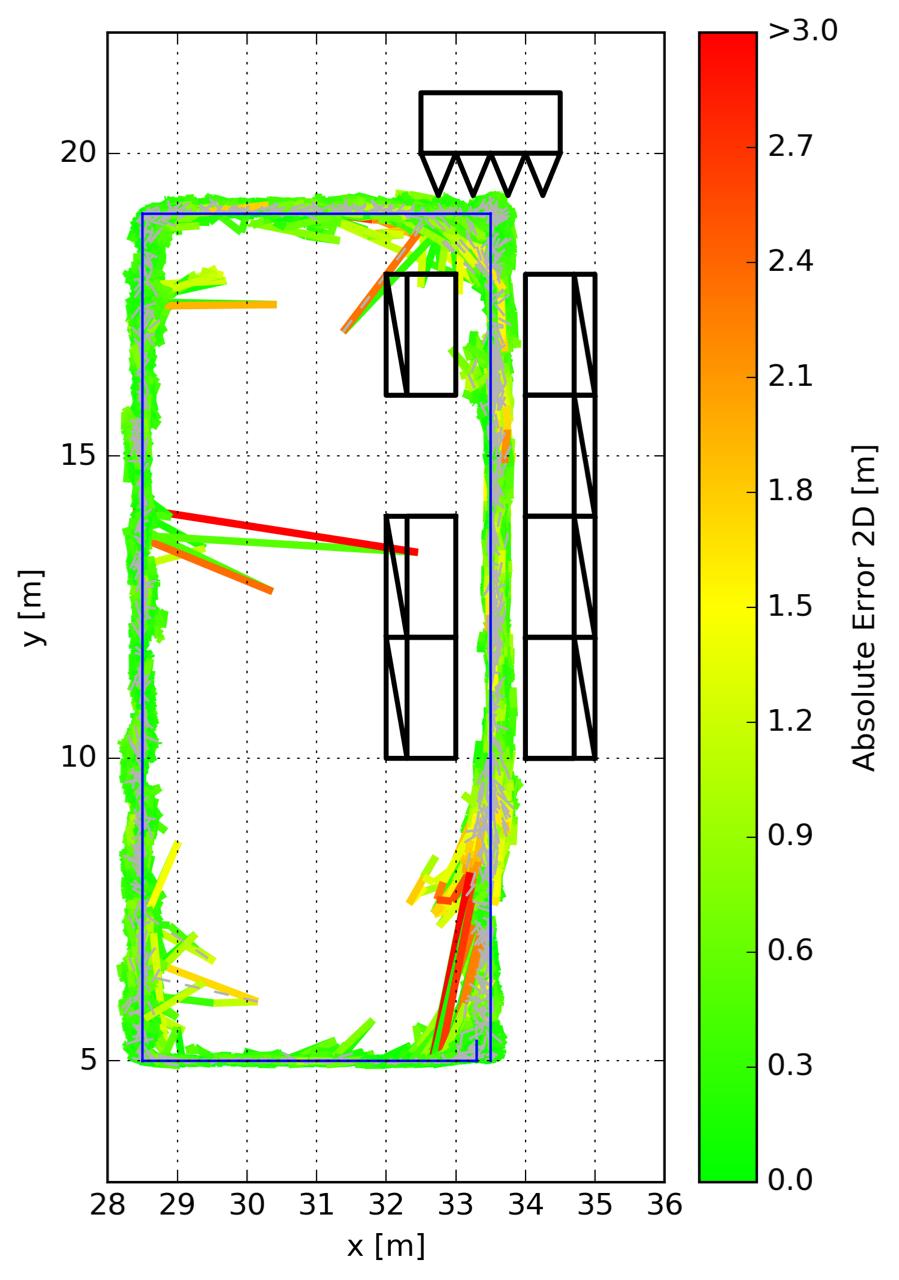At a glance
The ability to locate assets is a key prerequisite for many logistics and Industrie 4.0 applications. Fraunhofer IIS draws on a deep well of object positioning expertise and experience. Many applications rely on radiolocating solutions that generally measure the transit time of mobile objects’ radio signals. The accuracy of a positioning system depends largely on the extent to which fusion and system parameters are fine-tuned for different and sometimes changing environments.
Fraunhofer IIS is striving to develop more robust positioning methods with this in mind. Its researchers aim to tap the powers of machine learning to teach the system to calculate positions automatically based on empirical data sourced from reference measurements taken by a positioning system. Providing the learning material for the ML4POS positioning system, this raw data serves to train deep neural networks that can replace some or perhaps even all conventional computational positioning techniques.




